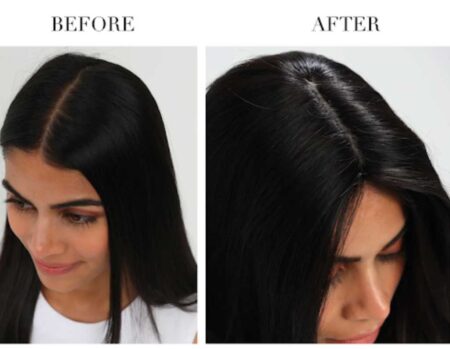Many people rave about chemical peels, and now these substances are finding their way into an increasingly broad array of consumer products.
But should you get one? What are the benefits? That’s the topic of this post.
What Are Chemical Peels?
Chemical peels are where beauticians apply an acid to your skin, causing it to dissolve the tough, dead top layer and reveal fresh growth beneath. It sounds extreme, but it is something that people have been doing for thousands of years, ever since the discovery of lactic acid in milk.
Chemical peels come in different intensities based on the acid’s strength. Superficial peels use glycolic or salicylic acid, and these compounds are in most skin toners and some cleansers.
The next level is acids to treat acne scars and fine lines. These include TCA, which is a special type of acid you might be able to get at a clinic.
Finally, there are the most extreme peels that use phenol. These attempt to hack away at severe wrinkles or even precancerous growths, preventing them from developing into full-blown tumors.
Benefits Of Chemical Peels
The benefits of chemical peels are extensive, especially when you go to professionals, according to cosmetic experts, Two Face Aesthetics.
Reduction In Acne Scarring
First, chemical peels can lead to a reduction in acne scarring. Treatments get at the subsurface issues that lead to scarring and encourage the skin cells involved to express themselves as new.
Anti-Aging
Chemical peels also have anti-aging properties. Deep peels, in particular, can rejuvenate several layers of the skin and reduce the visible appearance of deep wrinkles and furrows in some people.
Reduction In Hyperpigmentation
Dark spots are another complaint that chemical peels reduce. TCA (usually the option used) can penetrate these structures, leading to a reduction in unwanted melasma.
Glow Up Effect
Finally, chemical peels give most people who try them a glow-up effect. Skin just looks fresher and radiant once the redness from the initial treatment subsides.
Alternatives To Chemical Peels
Even if chemical peels don’t appeal to you, there are plenty of alternatives that work in slightly different ways but can ultimately provide the same effects.
For example, you could try microneedling. This treatment involves rolling a tiny needle-studded roller over your skin. These little pin pricks encourage the skin to produce more healing factors, allowing it to come back stronger than before.
Laser resurfacing is another option. This method involves targeting deeper wrinkles while minimizing the risk of scarring. It’s not the sort of treatment you want to do at home, though, because of the costs involved.
At-home physical exfoliants are another option. These have become less popular in recent years, but many people like the sensation of using them. Some also contain chemicals, like salicylic acid, which reduces inflammation in skin, especially that which acne causes.
So, should you peel?
If you want dramatic results, then the answer is usually yes. Dermatologists can tell you if treatments are suitable for your skin and will help you get the results you want.









